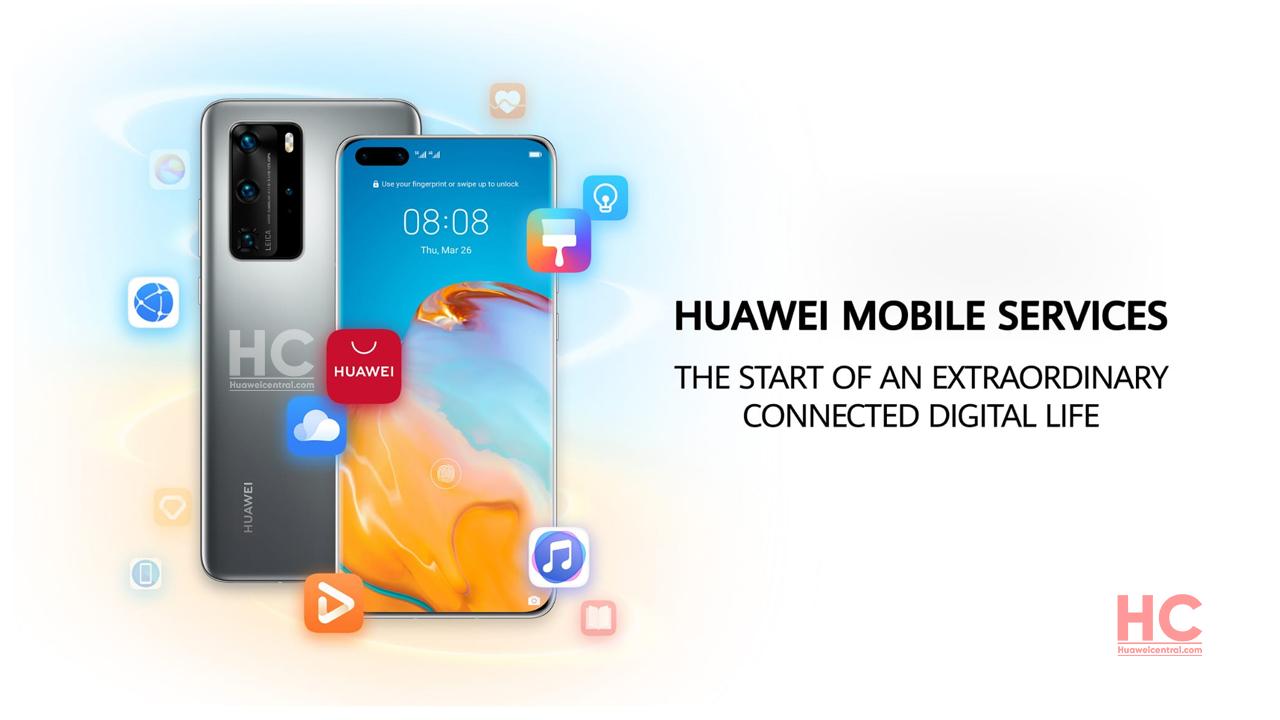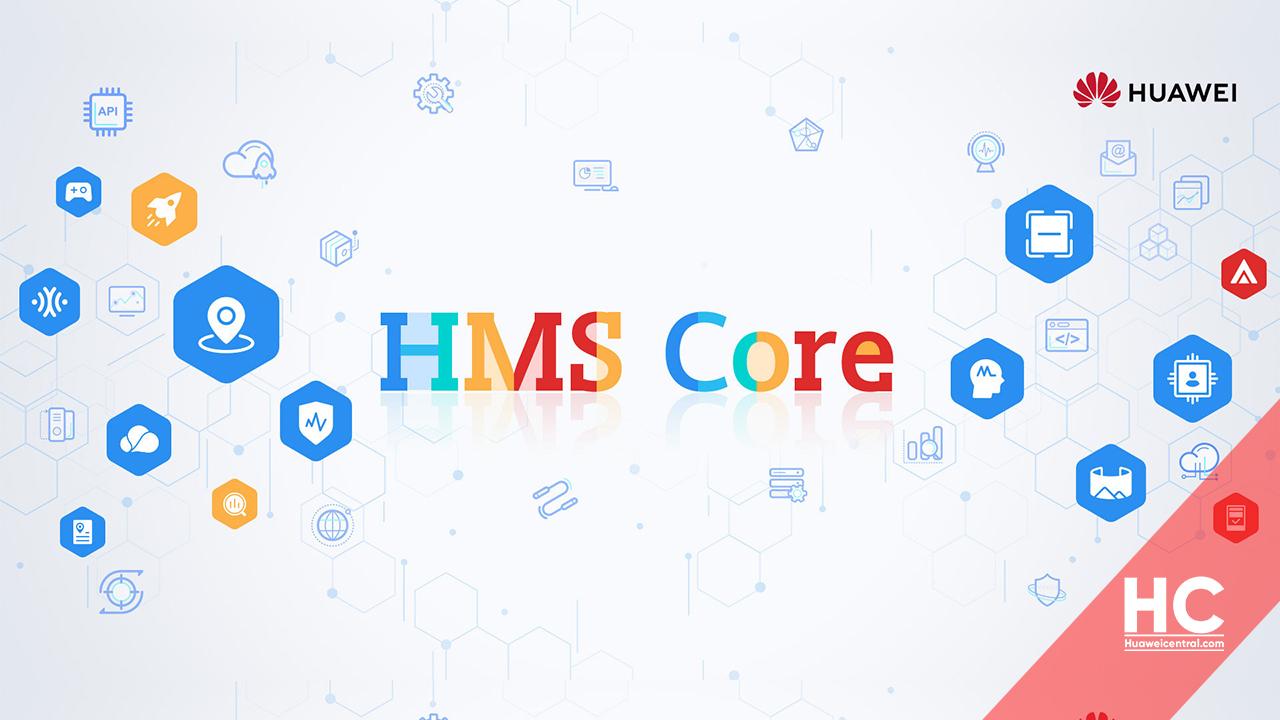HMS
How Huawei Mobile Services (HMS) compete against Google Mobile Services (GMS) in the global market?
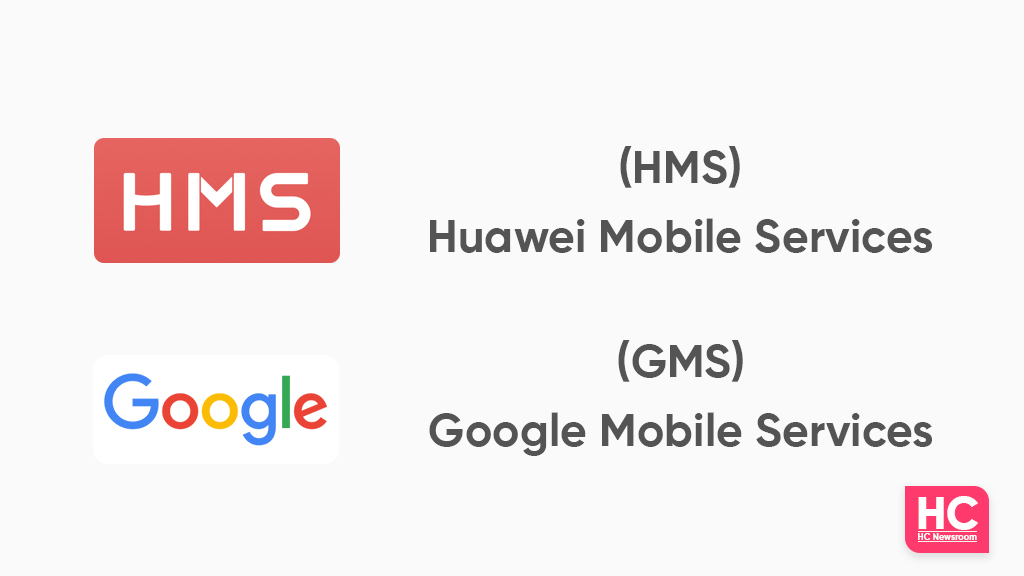
Google Mobile Services AKA GMS is the largest mobile ecosystem around the globe and every Android-powered smartphone has to take its access. Meanwhile, the HMS (Huawei Mobile Service) is new and the support is currently limited to Huawei smart devices. However, the HMS platform is growing rapidly but how the HMS will compete against GMS to attract developers?
Let’s find out…
Understanding the core of the Android ecosystem
The complete Android system is distinguished into two parts. First is the open-source platform (AOSP) code library, which is the base of the smartphone operating system. It includes Linux Kernel, virtual machines, and some basic user interfaces including notification panels, themes, settings, and more.
The other part of Android is the Google Mobile Services (GMS), which is not open source. Google does claim that the GMS suite is free, but the actual verification cost for each device is around $0.75 and is already included in the overall price of the Android phone when you purchase it.
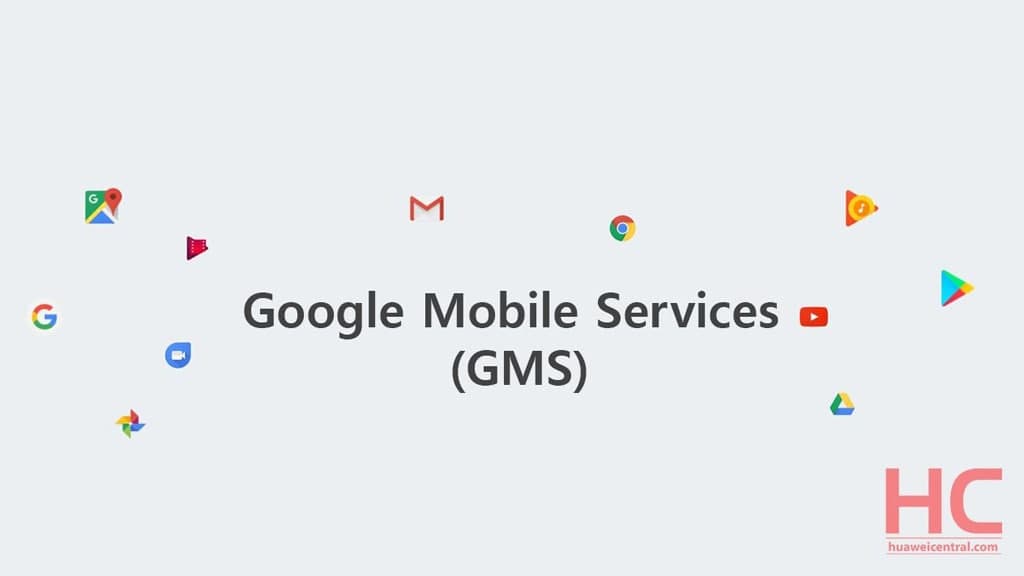
GMS comprises various services other than just some basic ones, it includes a large number of APIs for third-party applications. If you notice, the activities such as account verification message, message push, location service, and other functions, all rely upon GMS.
Furthermore, the GMS APIs also provides support for the developers to quickly develop the applications. So, most of the apps we use on Android devices are based on GMS, and without the GMS’s proprietary non-open API, they would not be able to run.
Third-party device uses GMS in four different ways:
Using both AOSP and the GMS
The first method is the use of AOSP (Android Open Source Project) and the GMS at the same time. This is the common method and several OEMs use this way including Samsung, Xiaomi, HTC, LG, and others. The AOSP and GMS combination way is better and ensures compatibility with all the third-party applications.
This does not completely make the third parties use only the GMS-provided applications, they still have the liberty to use their own apps to keep pace alongside GMS apps.
Completely ignore the GMS
In the second term, the OEMs can completely ignore the GMS and use their own app stores and mobile services and this is adopted by several phone makers such as Huawei, Xiaomi, Oppo, Vivo, and more. However, only this only applied in China. Except for Huawei, all of the Chinese phone makers launch devices with AOSP and GMS.
Huawei has even introduced its own mobile services, better known as HMS (Huawei Mobile Service). But these kinds of services might often result in a bad user experience as the third-party apps can’t run on these in a normal way.
By just using AOSP and some basic functions of GMS
Another way to use GMS is to take advantage of AOSP and use the basic function close to GMS API to replace the GMS. But no other company considers this method and the closest one to use this technique is Amazon.
Huawei operating system with some AOSP libraries
The fourth way is what was adopted by Huawei’s HarmonyOS. Initially, the Chinese tech maker has used some of the basic AOSP services, such as hardware and telephone support.
Huawei has introduced HarmonyOS with the focus to build its own mobile application ecosystem in China, but it lacks some important functionalities for the global market.
The Chinese tech giant has built the HMS and the HarmonyOS to completely get rid of the GMS, but it is not easy to make progress in the global market without supporting Android apps. That’s why Huawei needs to add APK support on this new OS to support exiting HMS apps until a native HarmonyOS app ecosystem builds up.
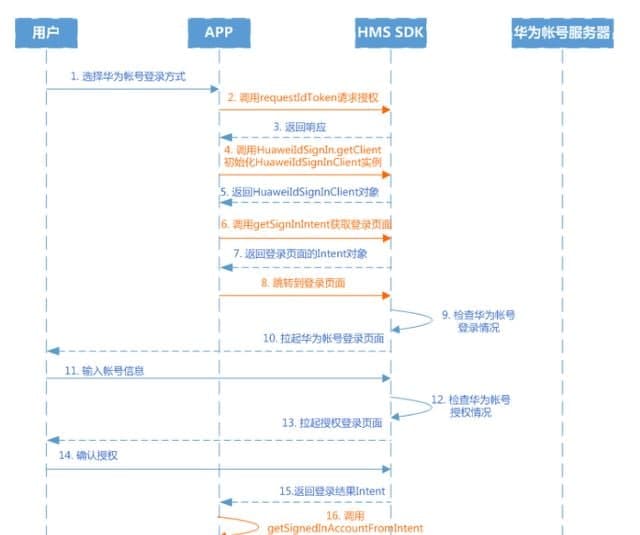
What’s the scope for the HMS in global markets
Huawei has been taking all the necessary steps to uplift the HMS and the HarmonyOS. But competing again in a fully developed ecosystem is difficult and the majority of users are now used to it. In simple words, the company has to offer more than its competitor.
The developers also intend to use GMS and are concerned over the user base of HMS, which is negligible as compared to GMS. The users need a good reason to switch over to the HMS, which is still a concern. and they could choose to remain on GMS. Yet, there should be more clarity from the company and steps that could boost the awareness of the HMS platform.
Talking of efforts, Huawei has recently started promoting its own mobile service in the global market. The company has recently organized HMS Global Application Innovation Competition – “Apps UP” to motivate the developers.
The event included a huge sum of money – 1 million USD as a reward. After the first half of 2021, the number of developers has exceeded 4 million, while the applications reached 134,000.
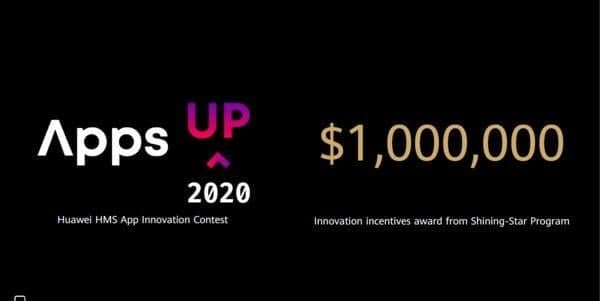
Still, there’s a long way to go for Huawei to fill the gap between data and GMS. While it seems that the company has already decided to make a way on its own. It has offered simple and very straightforward steps and such tools for the developers to switch from GMS to HMS.
HMS
HMS Core AV Pipeline Kit: A multimedia services solution for Huawei apps
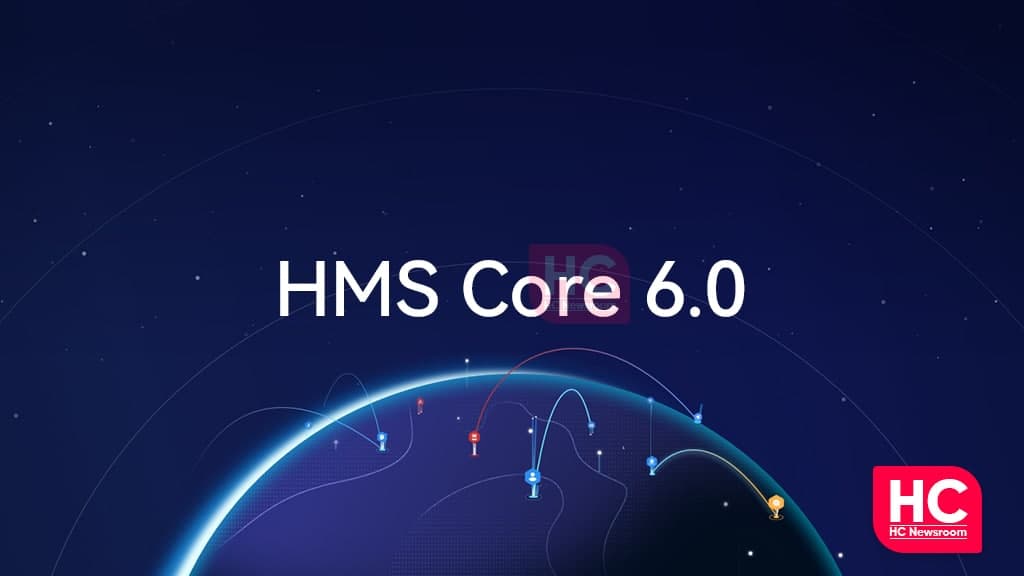
The latest version of Huawei’s cloud development platform- Huawei HMS Core 6.0 has been recently released with new kits such as a 3D modeling kit, 5G modem kit, audio editor kit, video edition kit, AV Pipeline kit, and so on.
Among them, the company prepared the AV Pipeline kit for Huawei’s multimedia channel services for a more efficient job in terms of multimedia pipeline. It mainly works in four aspects but before discussing them, let’s take a look at what AV Pipeline is.
Huawei defined the AV Pipeline kit as a multimedia pipeline service that executes end-side audio-visual development framework and extension services in HMS core. Its application mainly covers the following three works-
- Multimedia development framework and cross-platform
- High-performance multimedia processing capabilities
- Custom plug-ins and custom pipelines support
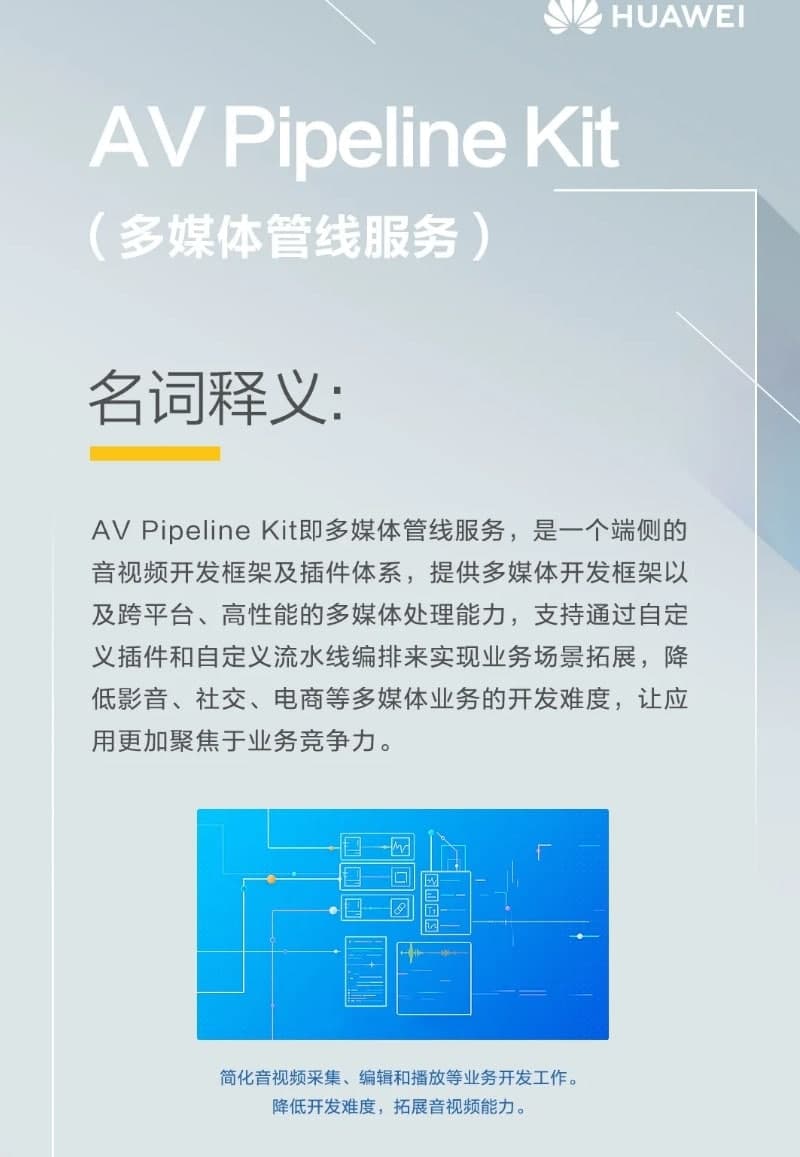
Related: Huawei HMS Core 6.0: New Features, Resources, and Kits
There are three main perspectives behind introducing the AV Pipeline kit. First, it’ll help in business enlargement. Second, the applications are focused on marketing competitiveness. And, it’ll overcome the deficiency of multimedia services covering audio-visual, social networking, and e-commerce.
Furthermore, the HMS Core AV Pipeline Kit also has a harmonious library of media functions that includes the basic playback, media asset control, custom pipelines classifications, and so on. It focused on simplifying the development in the audio-video streaming field, and expand their application areas.
Below you can check four aspects we talked about earlier-
- Play: It provides basic functions for audio-video playbacks, advanced media processing, and analysis capabilities, video partitioned, sound effect apprehension, etc
- Media Asset Management: It can read all the properties of a media file and analyze them for further utilization
- Custom Plug-ins or extension services: It offers a standard plug-in interface, so the developer can encapsulate their own extensions over this, and automatically load frame
- Custom Pipeline Arrangements: It provides support for various audio and video processing pipeline arrangement files
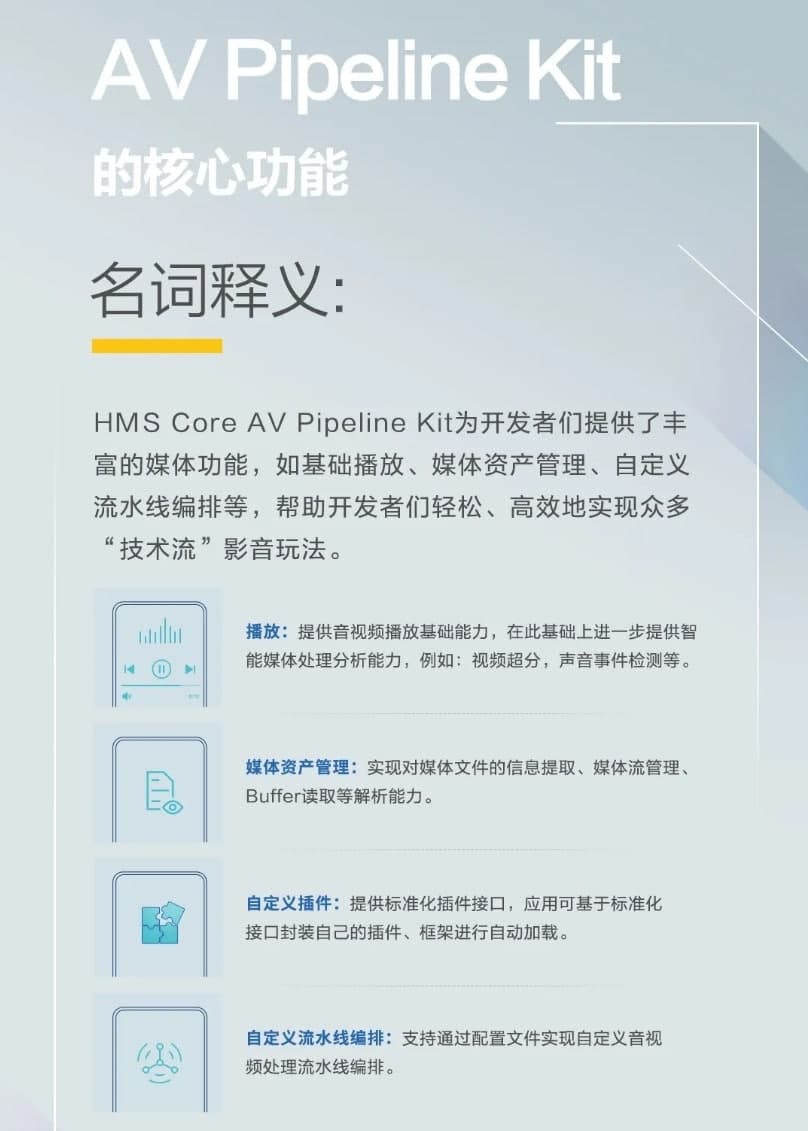
(Source- Ithome)
HMS
Huawei HMS Core 6.0: New Features, Resources and Kits

On July 15, Huawei launched HMS Core 6.0 with added new features and new open capabilities for the Huawei Mobile Services (HMS) app developers. Huawei has already rolled out the latest HMS Core plugin for devices via AppGallery but there is not much information revealed on this matter.
Now, the Chinese tech maker has also shared the new features and changes that come with HMS Core 6.0. The entire changelog will help developers to boost their creativity and empower the HMS ecosystem even further.
HMS Core 6.0 Details:
New Kits:
3D Modelling Kit
- Automatically generates a 3D object model or physically based rendering (PBR) texture maps using uploaded images for highly efficient 3C content production. The kit is ideal in scenarios like product showcase and item modeling in a game app.
Audio Editor Kit
- Offers developers a set of audio editing capabilities to implement functions like basic editing, audio extraction, special effects, and noise reduction. the four formats are supported format conversion and the kit is available in 80 languages.
- It is available to meet various audio creation demands across scenarios like creating music pieces, podcasting, and dubbing in the background music.
AP Pipeline kit
- It provides apps in fields like audio and video, social media, e-commerce. and education with multimedia capabilities including video collection, editing, and playback.
Video Editor kit
- This one provides a wide range of video editing capabilities like video editing, special effects, stickers, and color adjustment. With this kit, your app makes video creation easier than ever for your users in scenarios like vlog making, game commentary, and movie mashups.
5G modem kit
- It supports a 5G crowd testing, and provides a comprehensive evaluation of 5G cells, with a range of exclusive parameters.
New Features
Ads Kit
- Added the Huawei Ads SDK, which provides APIs to help your app to monetize your traffic both on Huawei phones and non-Huawei Android devices such as Honor, Oppo, Vivo, Xiaomi, and Samsung.
Analytics kit
- A new traffic analysis is added to efficiently measure the scale and quality of the paid traffic.
- A newly added payment analysis helps to boost the payment conversion rate.
AR Engine
- Added the 3D object recognition and tracking feature. After a 3D model is preset on the 3D object Recognition console, the app can recognize the target object and then add special effects to it. This feature can be widely applied in AR-powered fields like marketing and education.
Computer Graphics Kit:
- Enhanced the rendering framework performance to support 3D rendering of more models.
- Added the Sketel Animation plugin to make the motions of game roles look more vivid.
- Added the Smart Fluid plugin to make created fluid look more realistic.
- Added the volumetric Fog plugin to render realistic fogs efficiently.
- Added the Temporal Anti-Aliasing (TAA) plugin which provides the high quality and high-performance anti-aliasing algorithm with lower power consumption.
Scene Kit:
- Added the rigid body component and 2D fluid simulation SDK. The rigid
body component supports various collision features. - The 2D fluid simulation SDK supports adding or deleting parameters such
as quantity, color, and transparency. This SDK also supports simulating fluids
and collisions. - Added the particle system which provides the CPU-based particle computing
function and special effects like the particle effects. - Improved the APIs and 3D algorithms for FaceView
- HMS Core 6.0 New Resources
New Resources
3D Modeling Kit
- Sample code: Provided hms-3d-modeling-demo. This demo illustrates how to use 3D object reconstruction and material generation.
Audio Editor Kit
- Sample code: Provided hms-audio-editor-demo. This demo shows how to quickly develop audio editing functions.
AV Pipeline Kit
- Sample code: Provided hms-av-pipeline demo. The lava demo illustrates how to realize functions like video playback super-resolution during the video playback, and media asset management. The c++ demo shows how to use the sound event detection plugin.
Video Editor Kit
- Sample code: Provided hms-video-editor-demo. The demo illustrates how to quickly develop video editing functions.
5G Modem kit
- Sample code: Provided hms-5g-modem-demo. The demo illustrates how to call relevant APIs in 5G Modem Kit to query modem parameters,
Ads Kit
- Sample code (hms-ads-demo-java, hms-ads-demo-kotiin, and hms-ads-demo-eclipse):
- Added the Ads SDK, showing how to monetize traffic in the app
Video Kit
- Sample code: Allowed for the operations of setting log configurations, setting the wake lock status, and updating subtitle information.
- Supported Androidx library dependencies.
- Decreased the playback start delay.
Location Kit
- Sample code: Added a detailed description for using high-precision location
- Deleted request fields unrelated to high-precision location.
What is HMS Core?
Huawei Mobile Services Core or HMS Core offers a rich array of open device and cloud capabilities, which facilitate efficient development, fast growth, and flexible monetization.
HMS Core helps developers to make groundbreaking innovations, deliver next-level user app user experiences, and make premium content and services broadly accessible.
HMS
Huawei Mobile Service (HMS) Core 6 beta enables better location based services
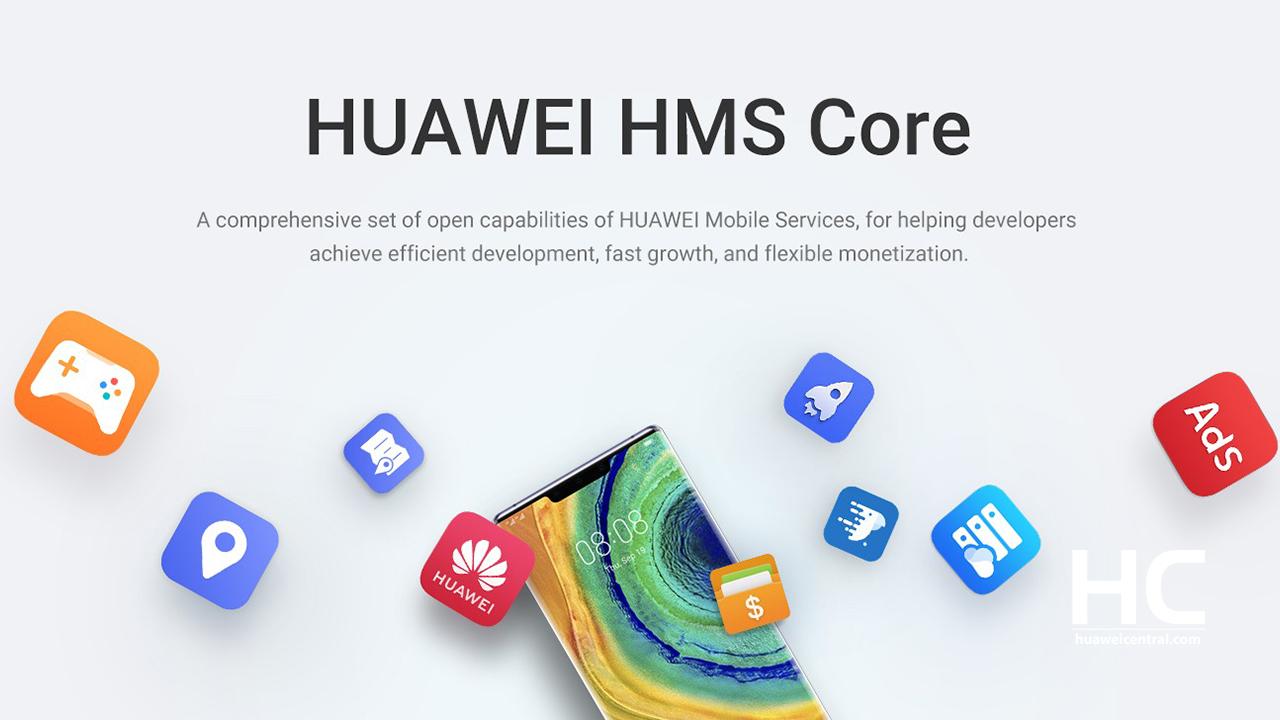
Recently, Huawei has begun the public beta testing of HMS Core 6.0 in the Huawei Public Test App ahead of the official unveiling. It provides five roots of major services for the map, search, payment, browsing, and advertising.
According to the information, the active beta testing of Huawei HMS Core 6.0 brings new AutoNavi Maps or Baidu Maps app through Huawei App Market. The test app also opens positioning permission, selects walking mode, enters a destination, starts to choose the route navigation, and walking.
Additionally, the HMS Core 6.0 public beta update comes with version 6.0.0.24 and an update package of 102.3 MB.
Following the public beta, the company will reveal more developer kits and add new developer-related features to create unique new options in the apps made with HMS Core.
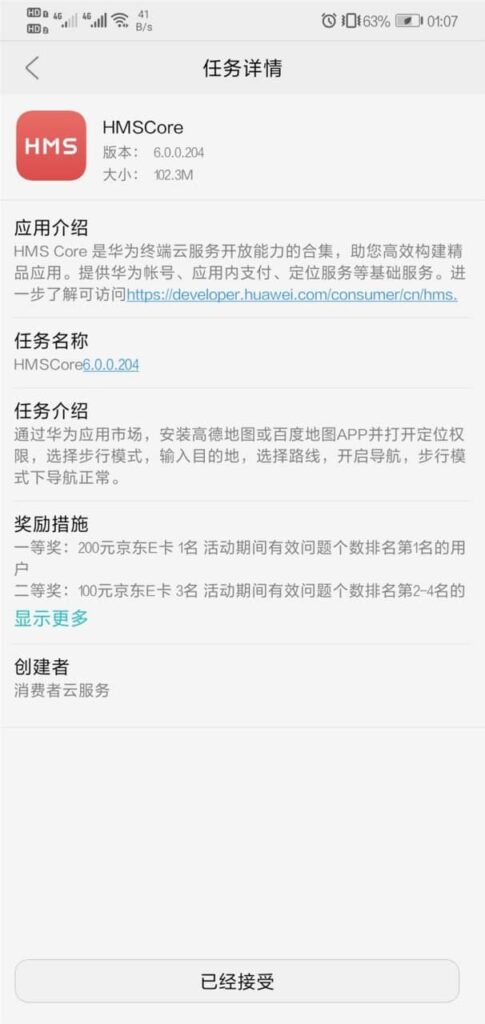
HMS Core 6.0:
On June 10, At Huawei Developer Day Beijing, Huawei has officially declared the upcoming unveiling of HMS Core 6.0 that will come with improved capabilities and new developer features and more.
Related to this, the Huawei Cloud Consumer Services chief said that the number of applications with HMS Core solution now hits 134,000 and it has become the third-largest mobile app ecosystem in the world.
On the other hand, Liu Dongfang, Vice President of Huawei Marketing and Solutions has shared the achievement of the HMS ecosystem. He said, the HMS Core solution registered developer number crossed 4 million at the end of May 2021.
However, HMS Core opened more than 60 capabilities for the developers and appreciating global developers to use and innovate new things for users.
(Via – ithome)
Also, check:

